When we think of fruit, it’s easy to picture trees—branches sagging under the weight of ripe apples, juicy mangoes, or sun-kissed oranges. And while many fruits do grow this way, not all of them do. Some fruits sprawl along vines, like grapes and passionfruit, while others sprout from bushes or grow close to the ground, like strawberries and pineapples.
But which fruits truly grow on trees—and only trees? That’s exactly what this guide explores.
Whether you’re a curious food lover, a teacher introducing students to the world of plants, a home gardener planning your next orchard, or simply someone who wants to reconnect with where your food comes from, understanding tree-grown fruits is both practical and rewarding. Without further ado, here is a list of fruits that grow on trees:
Apple 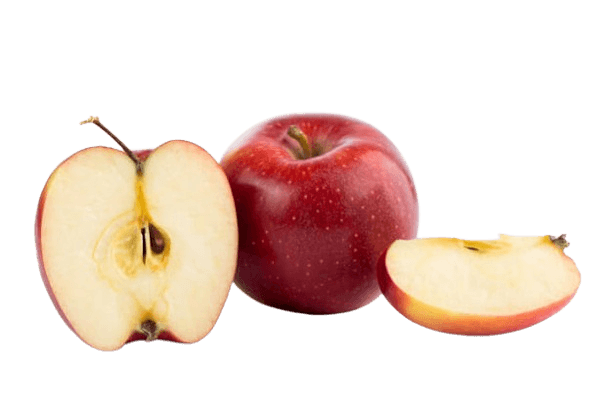 |
Pear 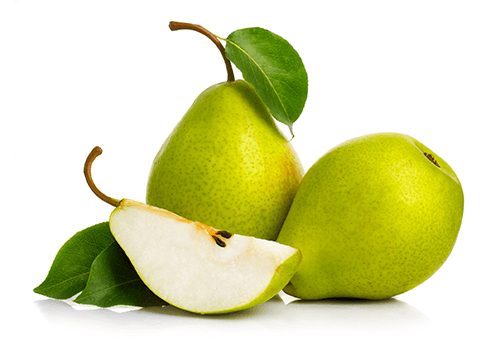 |
Peach 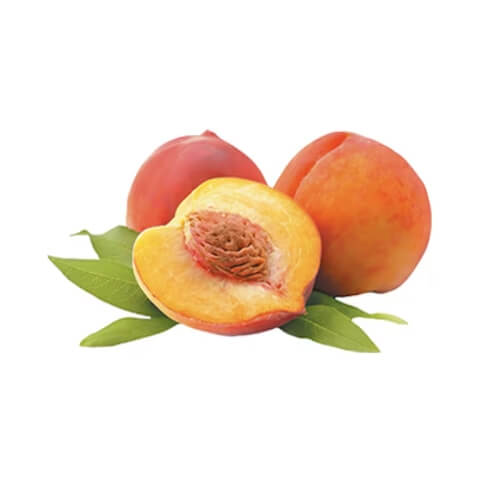 |
Plum 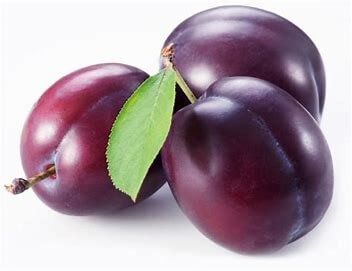 |
Cherry 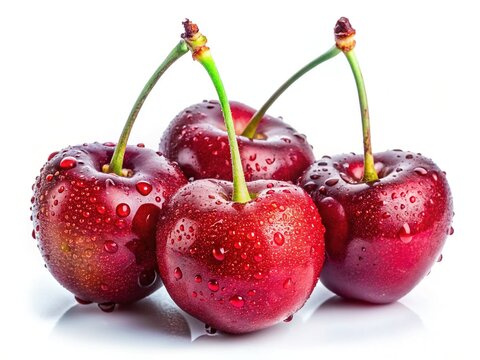 |
Apricot 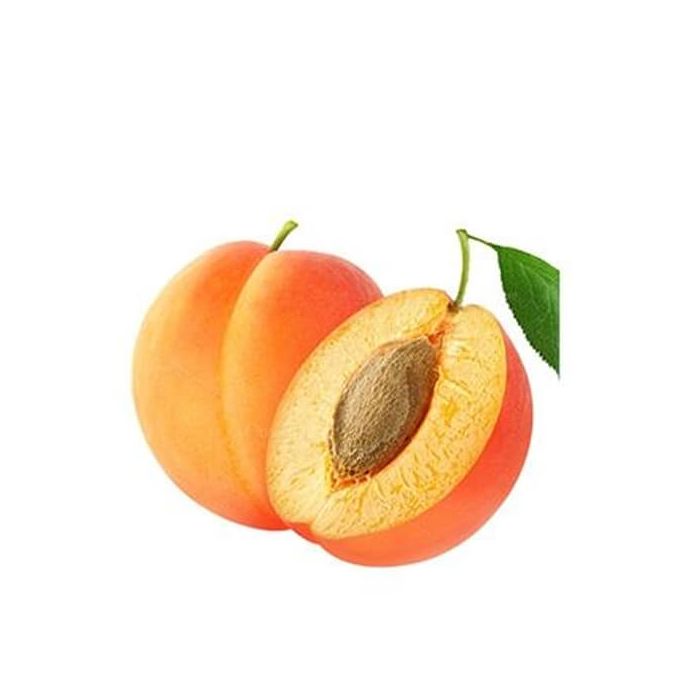 |
Mango 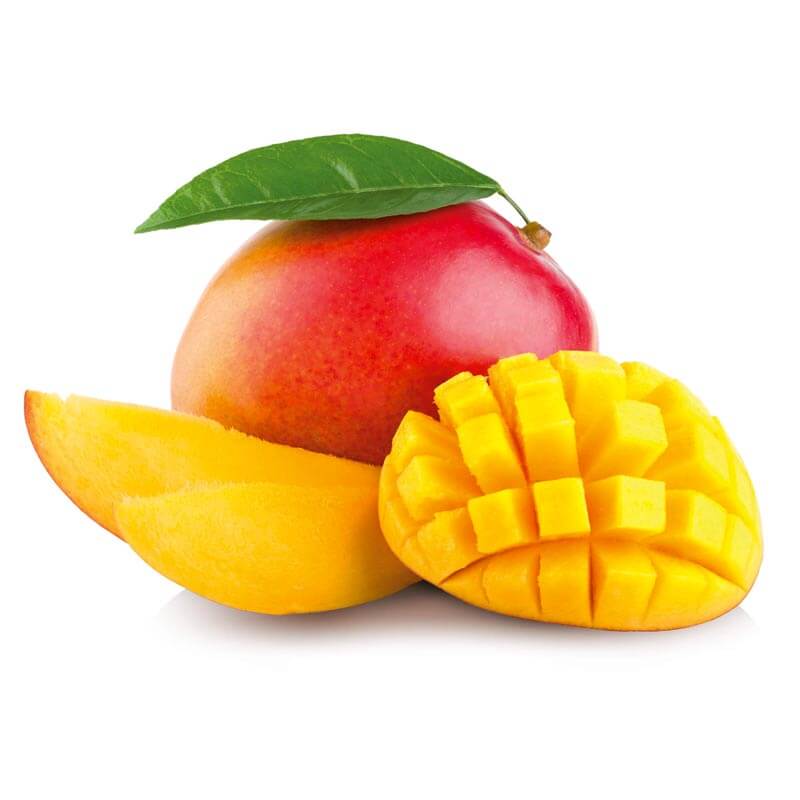 |
Orange 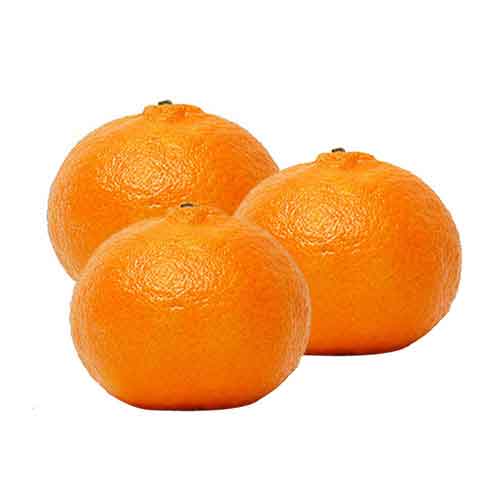 |
Lemon 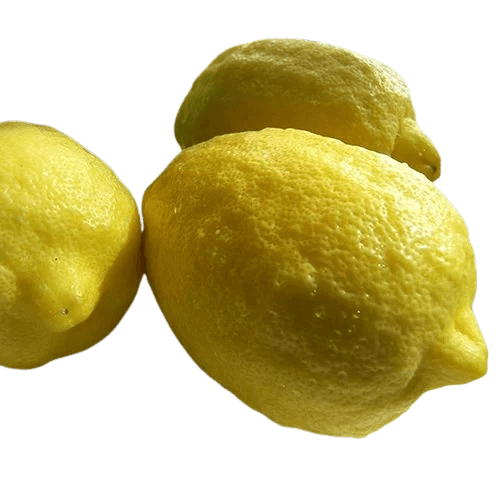 |
Lime 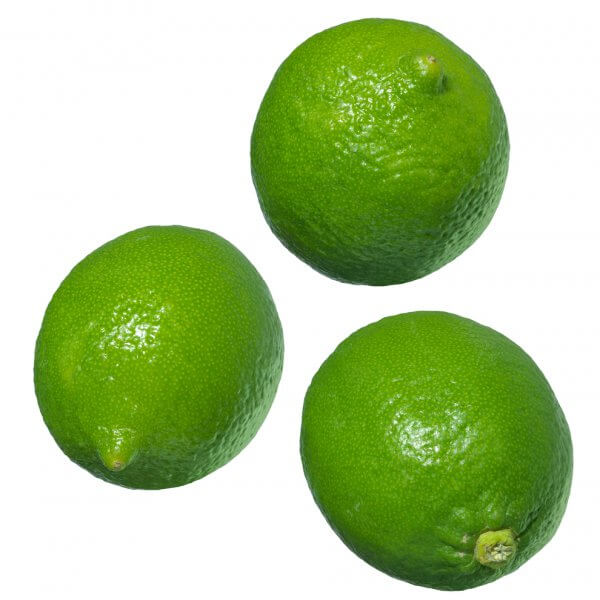 |
Grapefruit  |
Tangerine 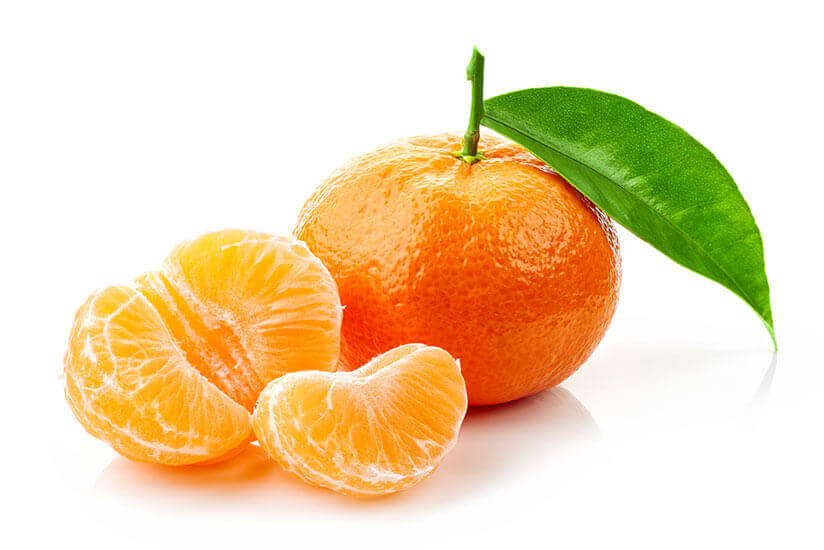 |
Fig 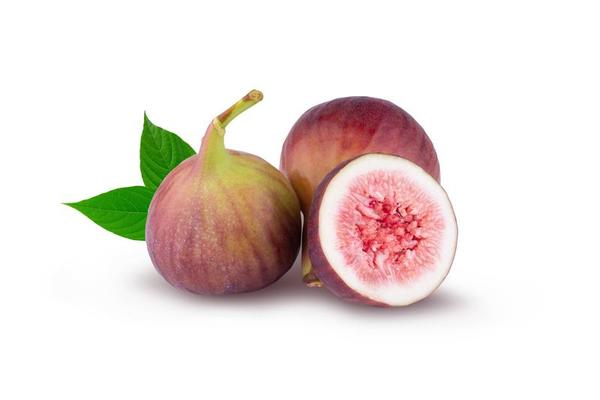 |
Avocado 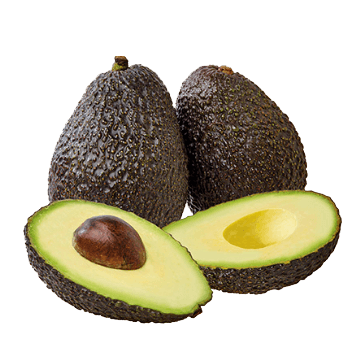 |
Pomegranate 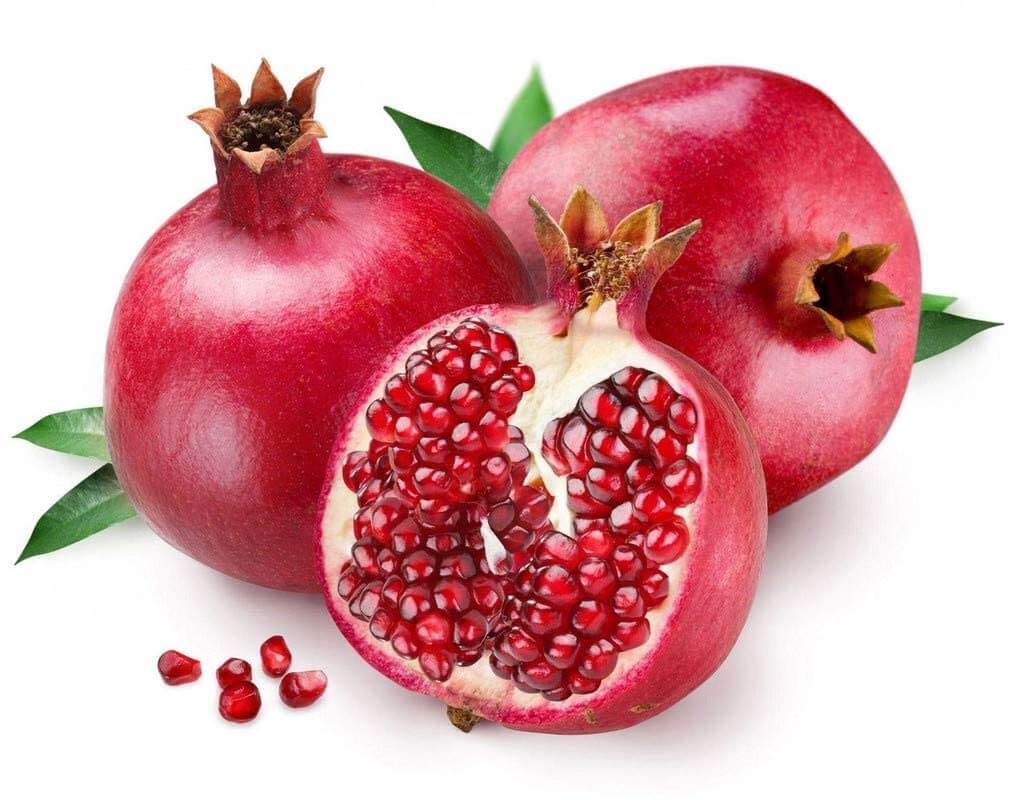 |
Papaya 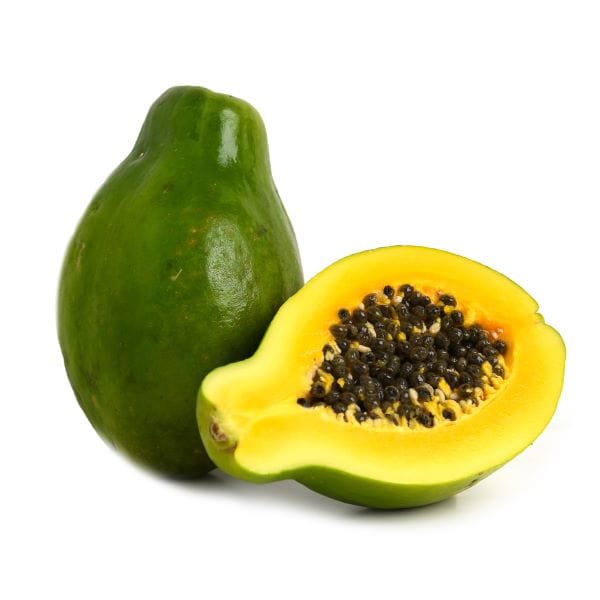 |
Guava 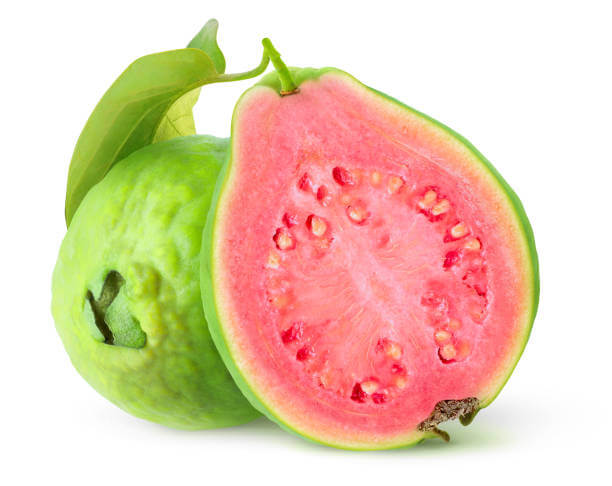 |
Olive 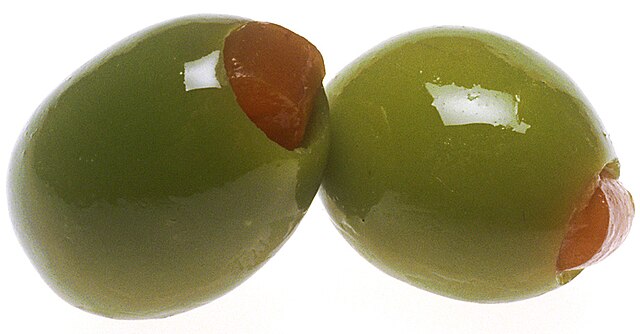 |
Persimmon 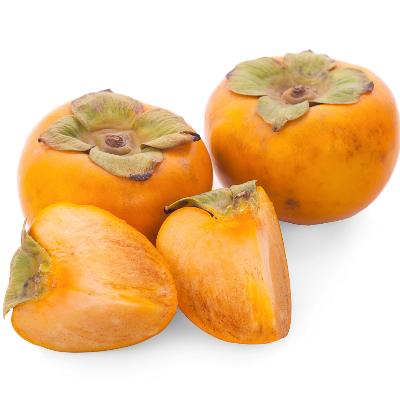 |
Lychee 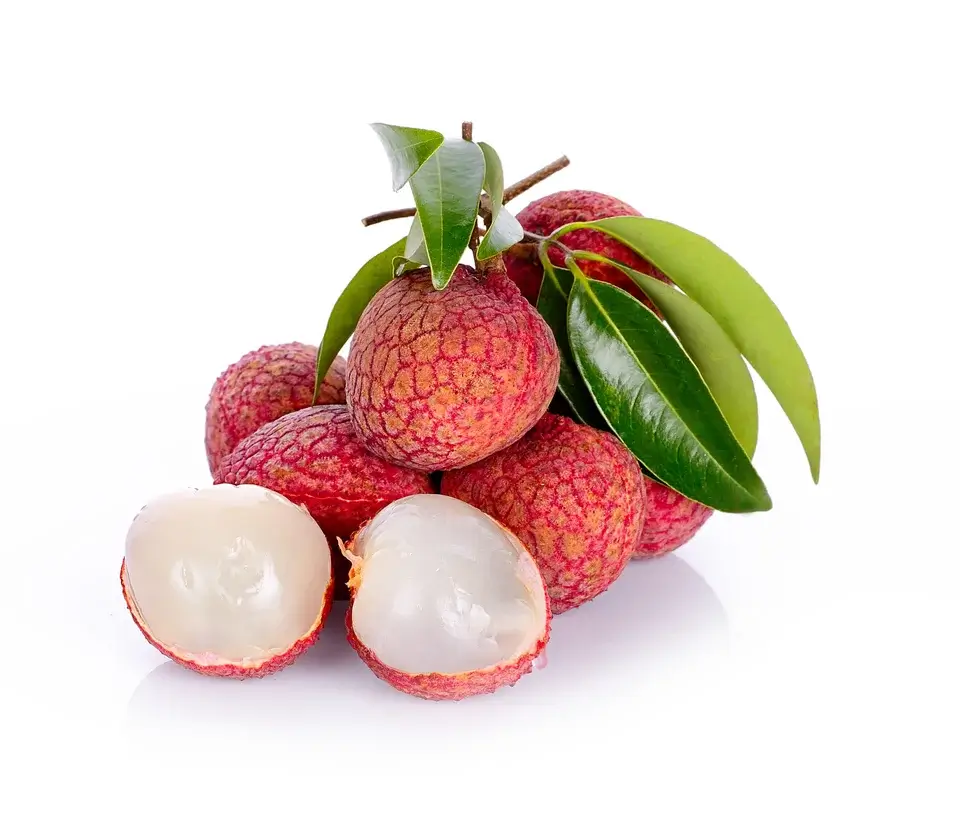 |
Durian 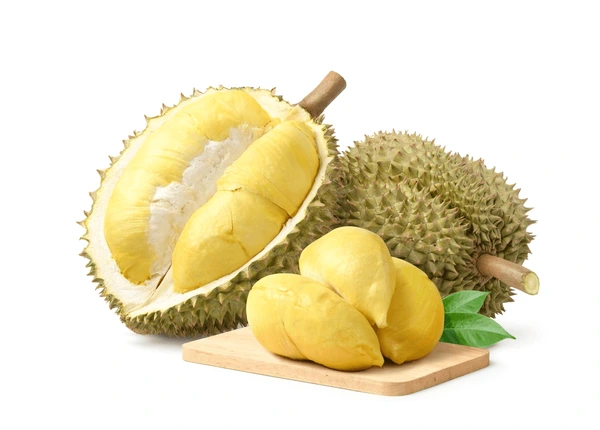 |
Rambutan 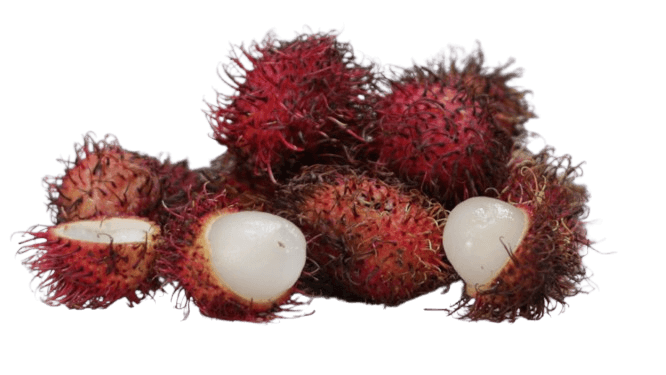 |
Mangosteen 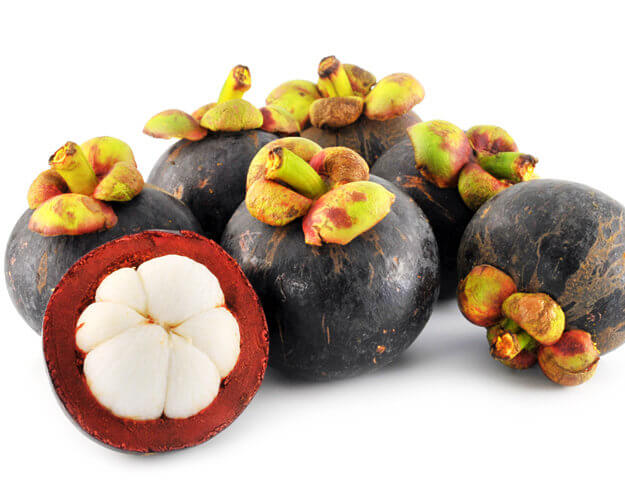 |
Longan 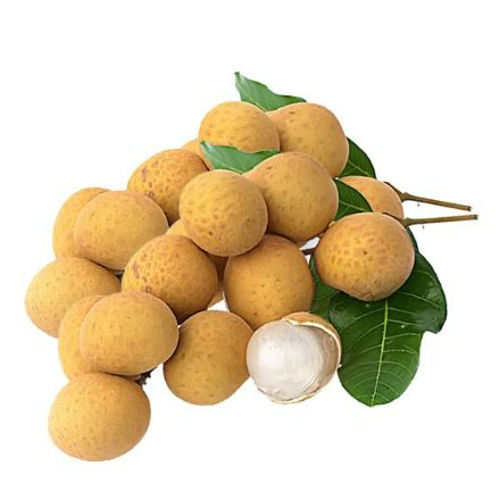 |
Soursop 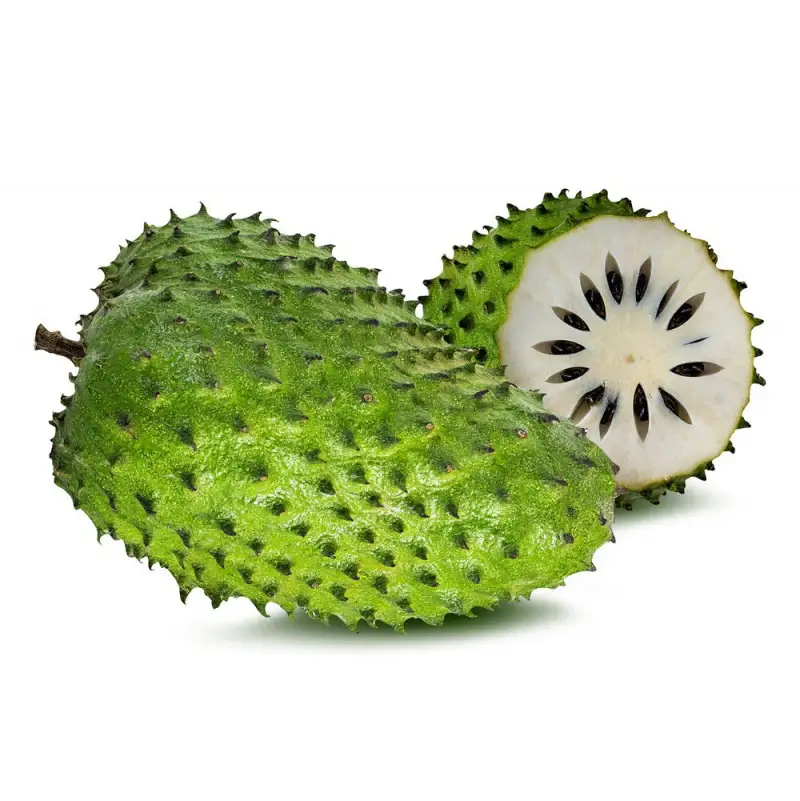 |
Jackfruit 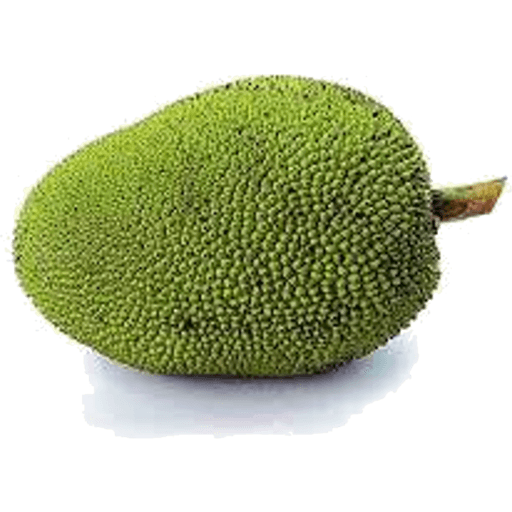 |
Cempedak 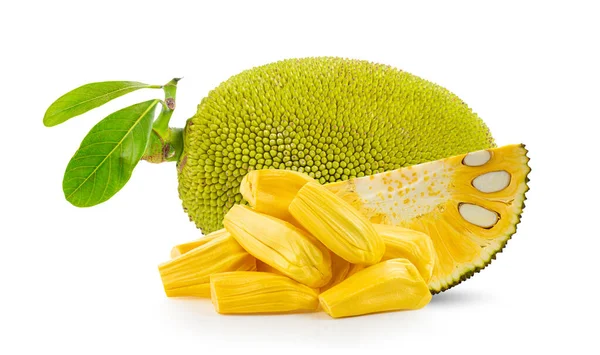 |
Marang 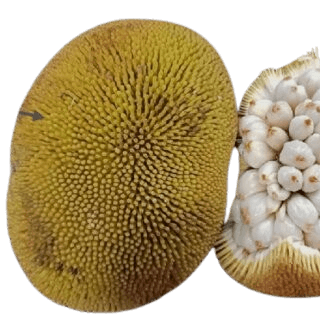 |
Pedalai 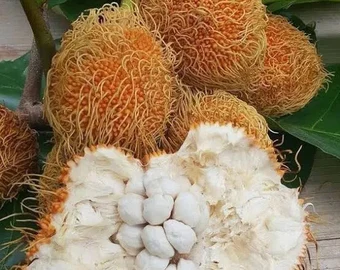 |
Breadfruit 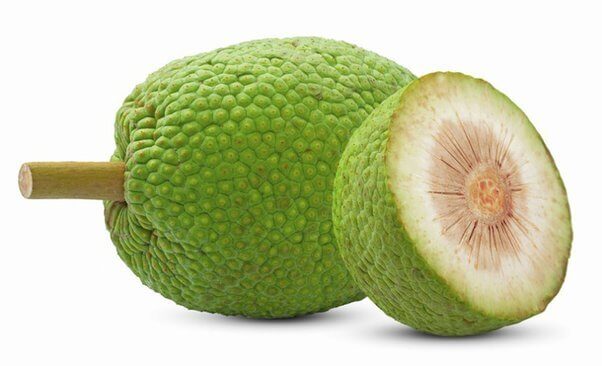 |
Salak (Snake Fruit) 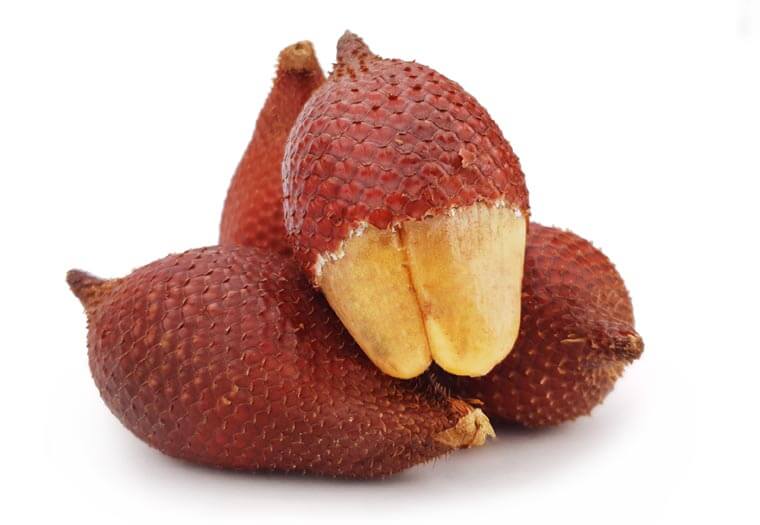 |
Star Apple (Cainito) 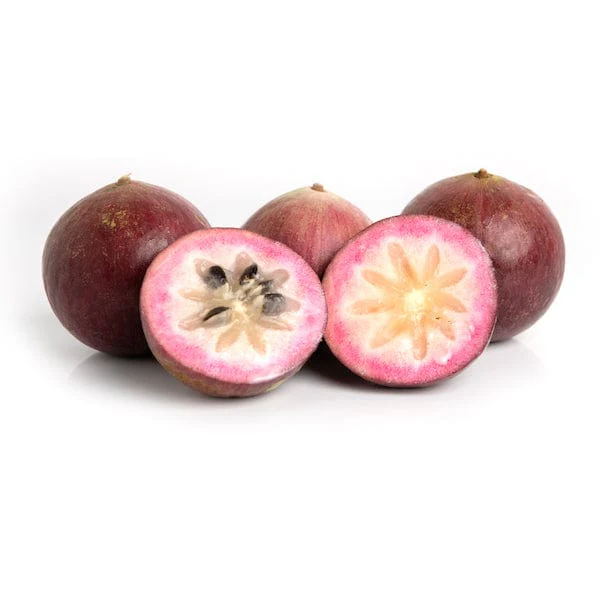 |
Tamarind 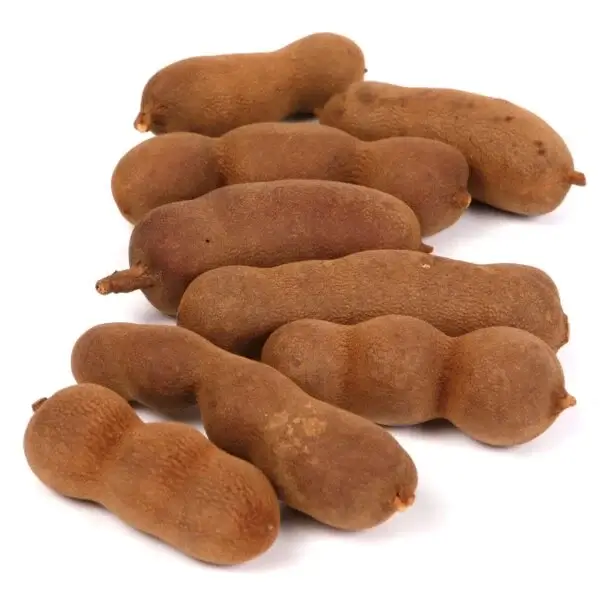 |
Cashew Apple 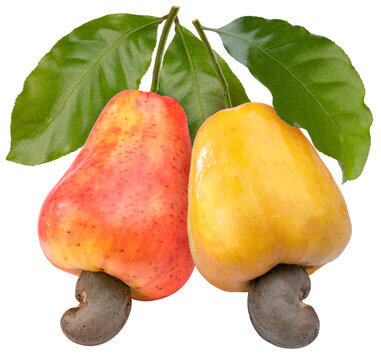 |
Bael Fruit  |
Coconut 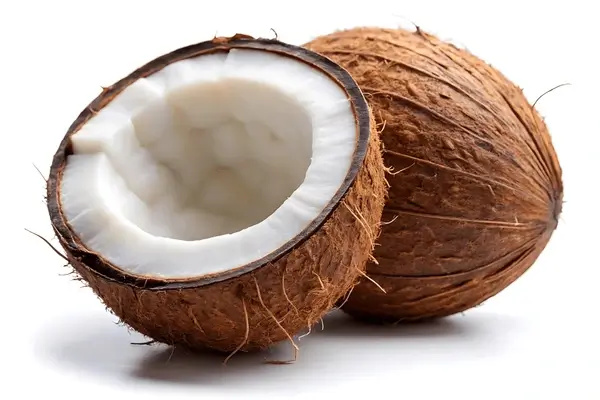 |
Date 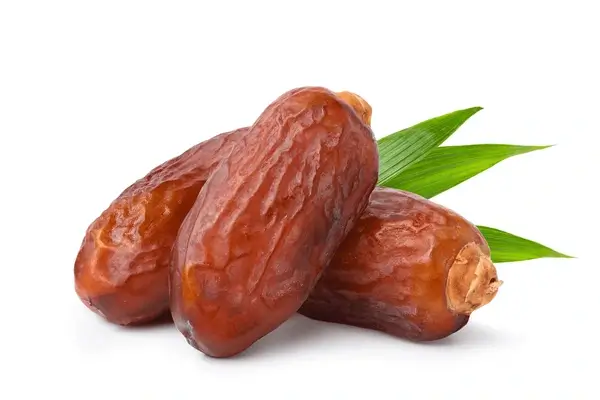 |
Walnut 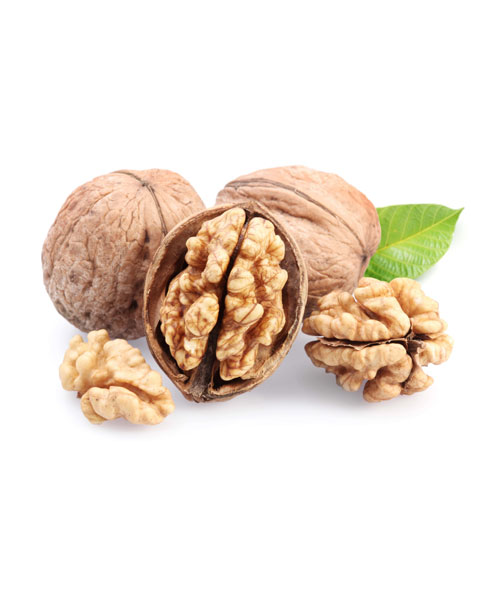 |
Almond 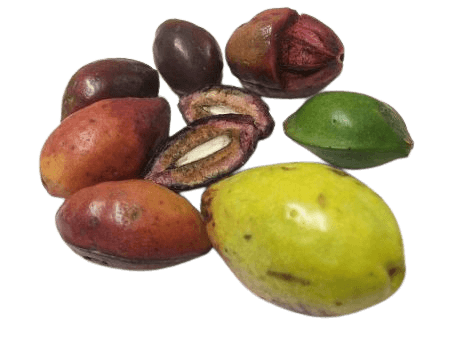 |
Chestnut 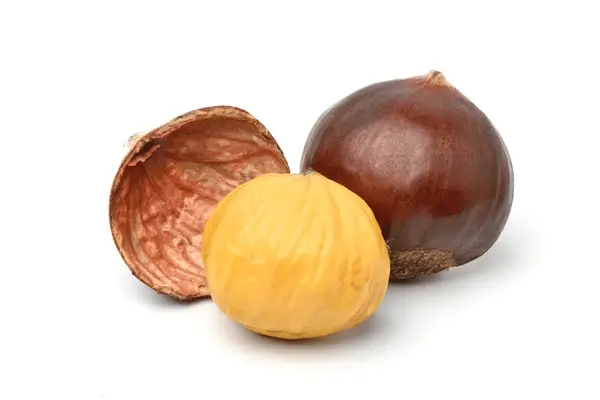 |
Hazelnut 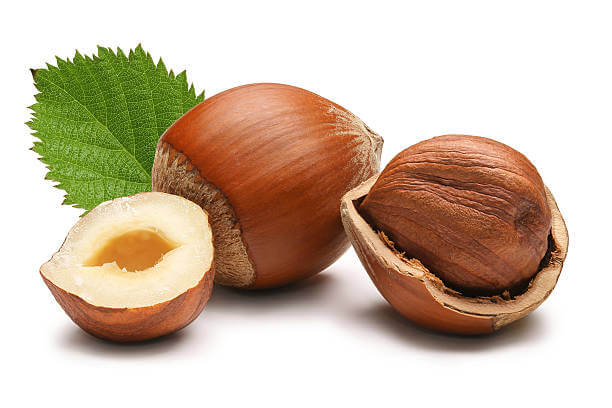 |
Pili Nut 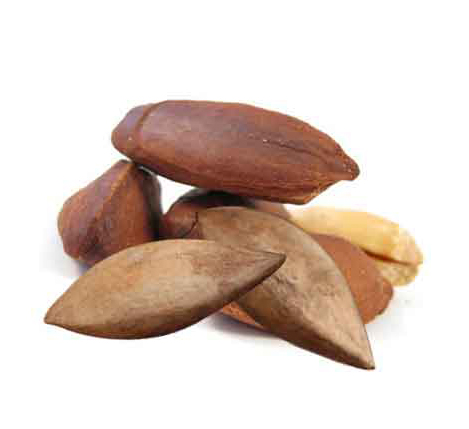 |
Ginkgo Biloba Fruit 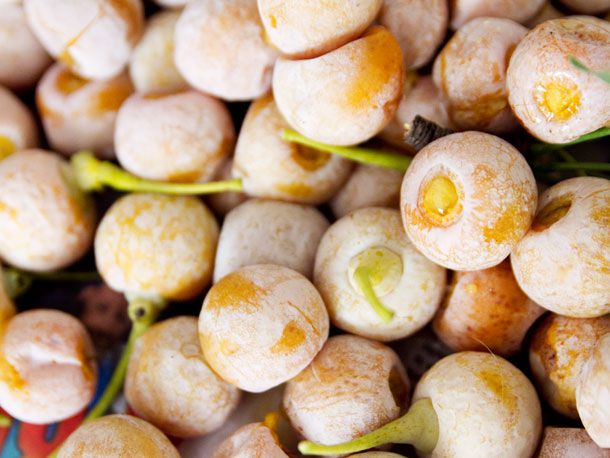 |
Jatobá 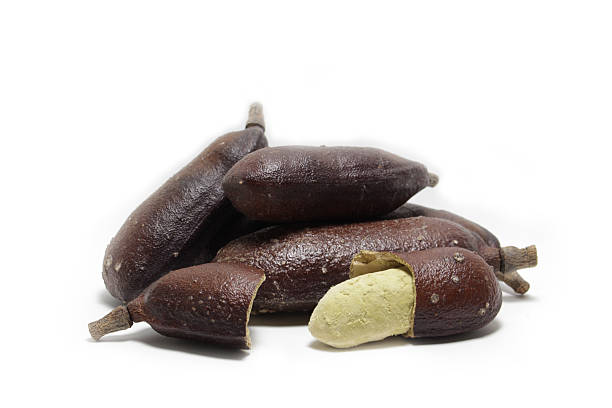 |
Wild Almond 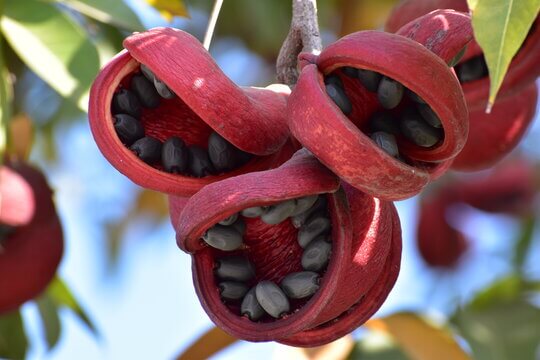 |
Medlar 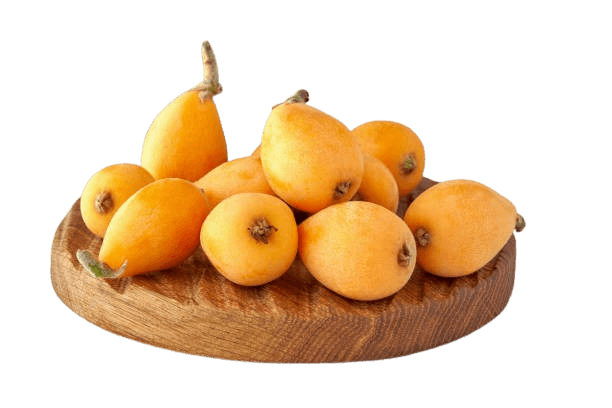 |
Quince 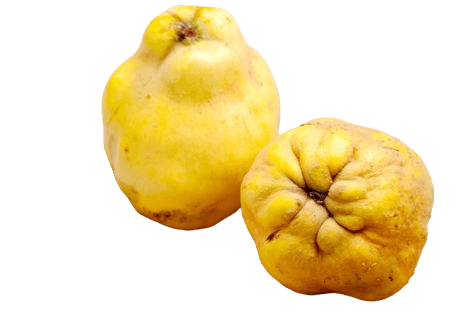 |
Loquat 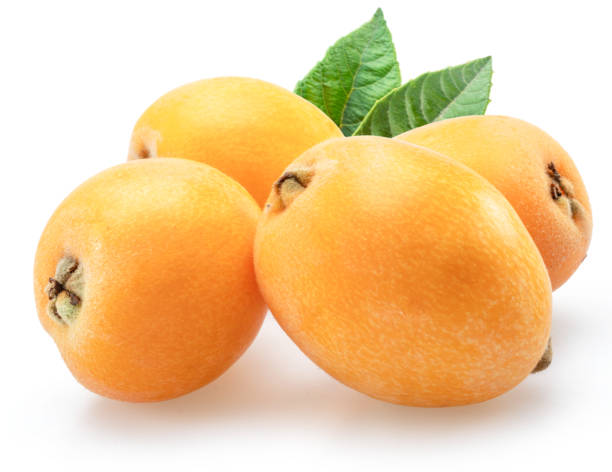 |
Mulberry 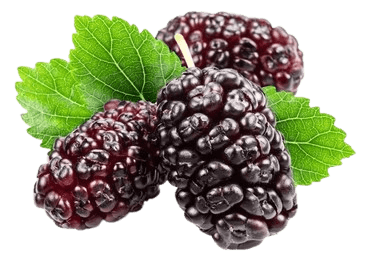 |
Serviceberry 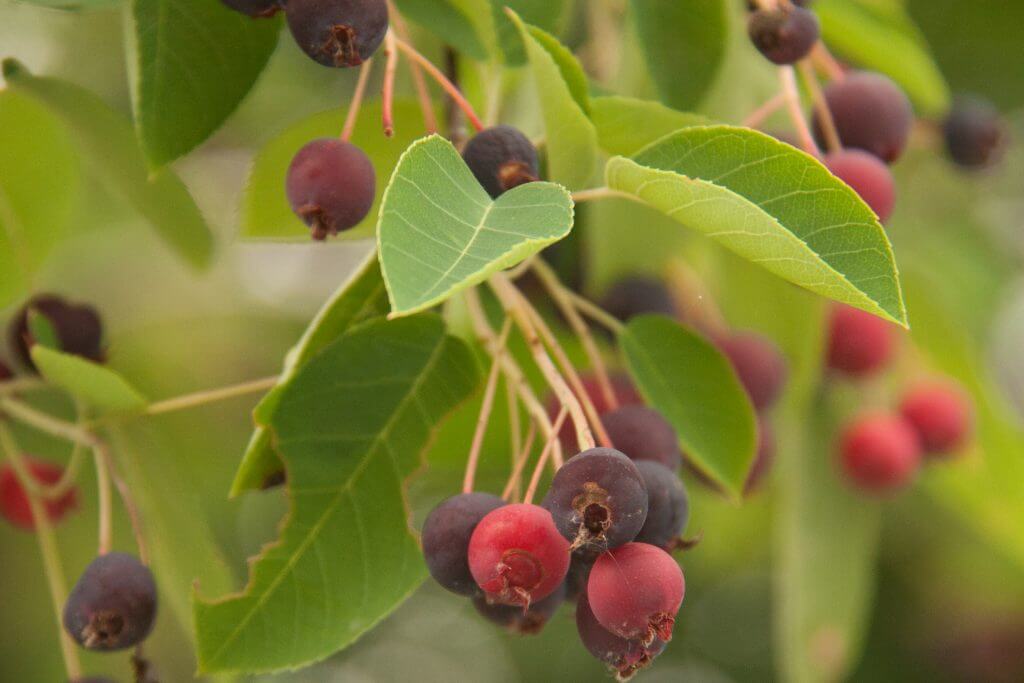 |
Sapodilla 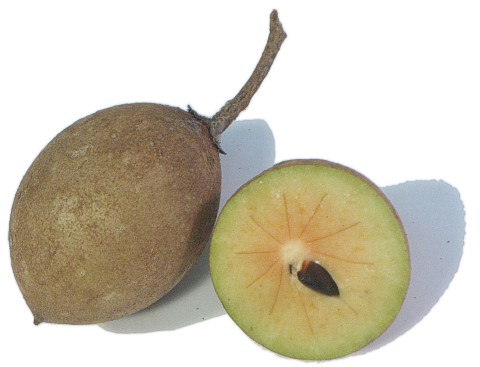 |
Starfruit 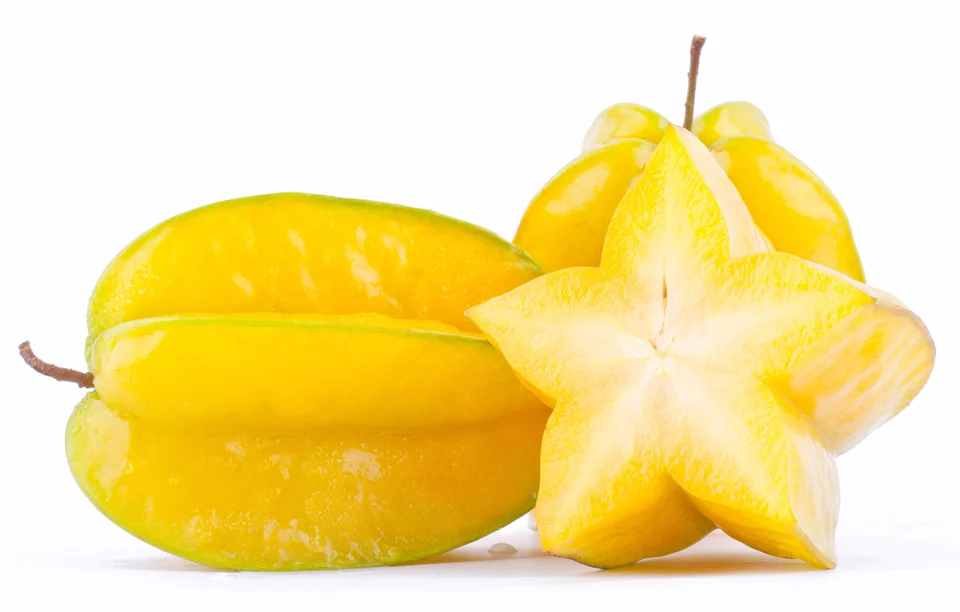 |
Canistel (Eggfruit) 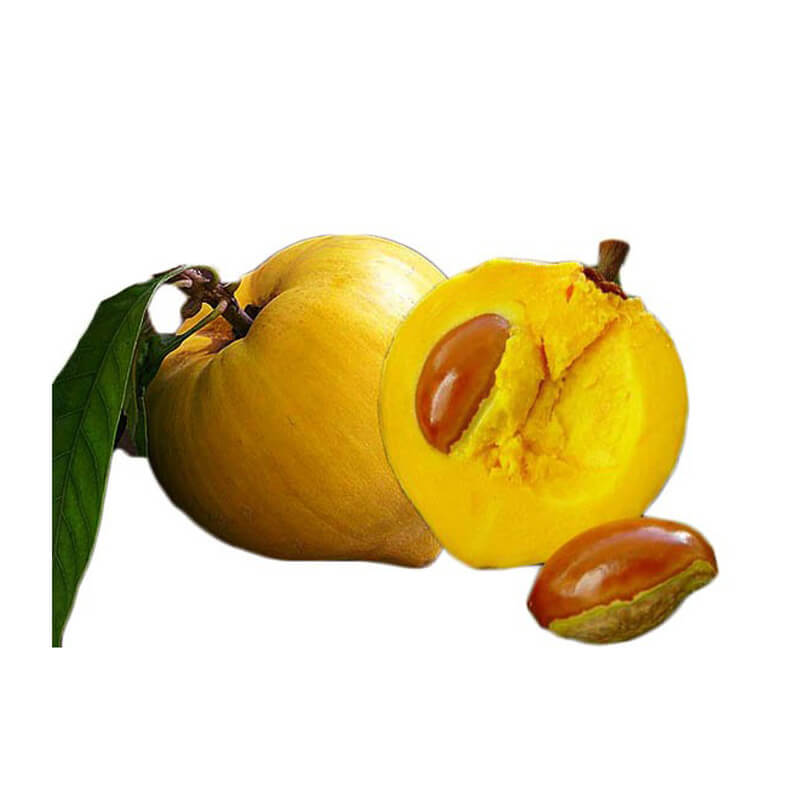 |
Cupuacu 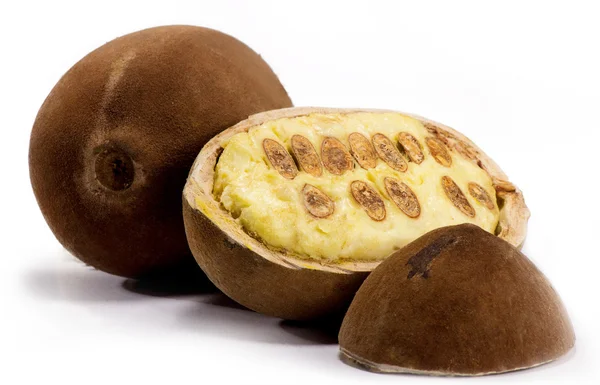 |
Mamoncillo 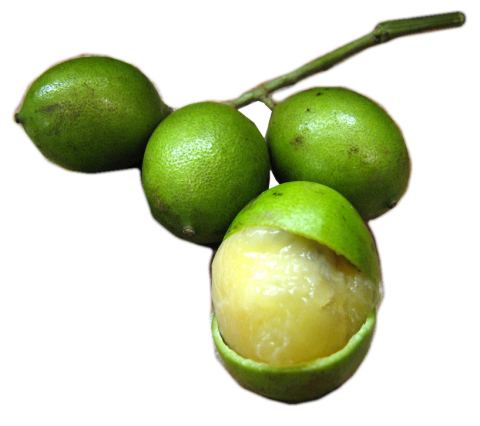 |
Ackee 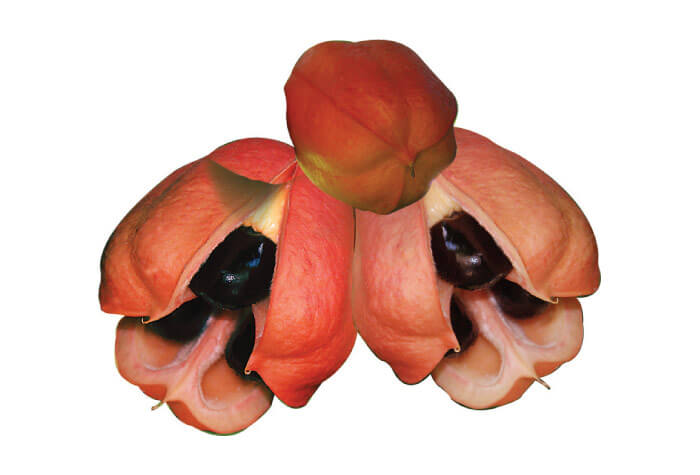 |
Monkey Orange 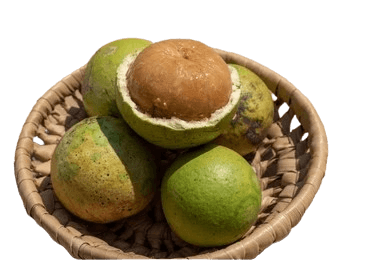 |
Imbu (Brazilian Plum) 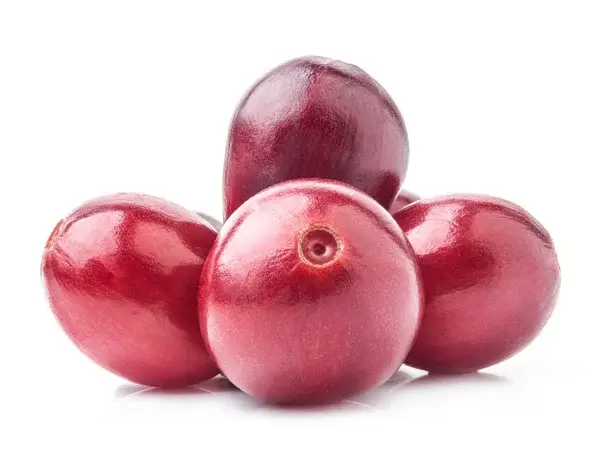 |
Langsat / Duku 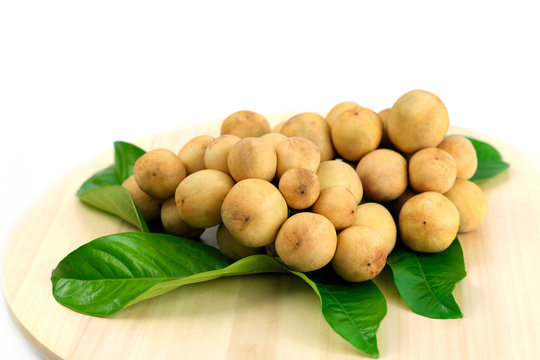 |
Indian Gooseberry (Amla) 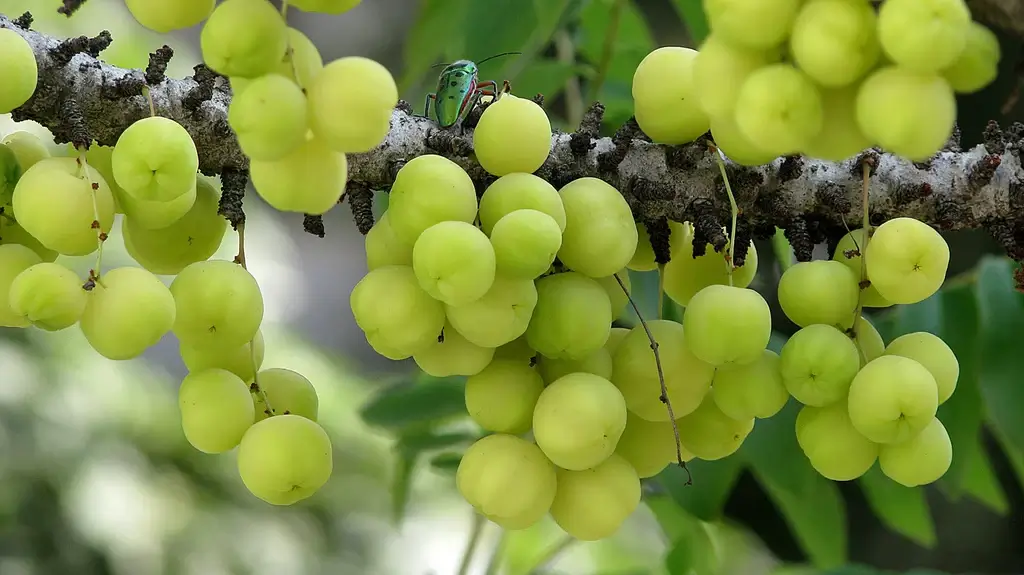 |
Abiu 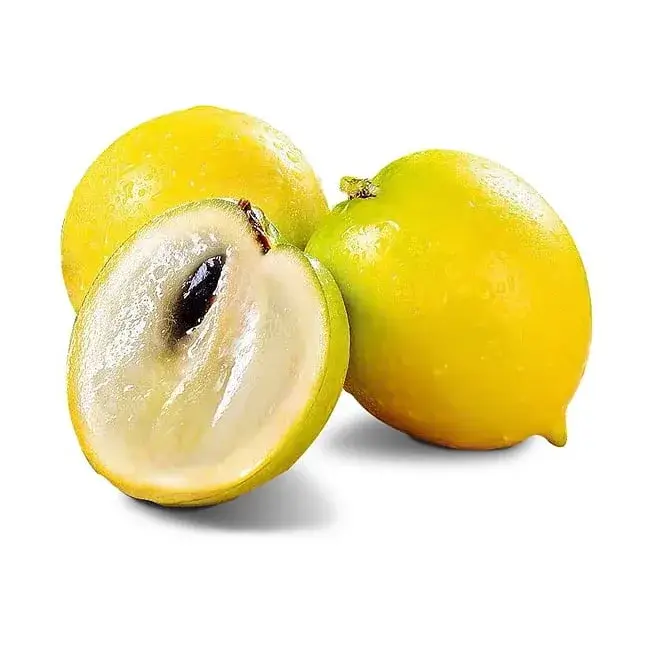 |
Cacao 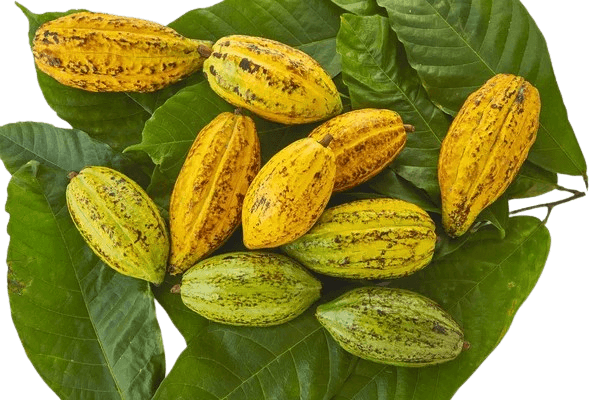 |
Bacaba 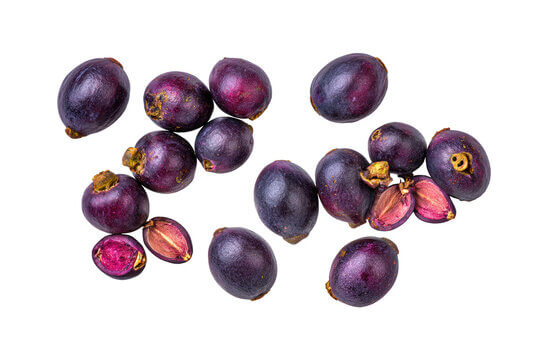 |
List of Different Types of Fruits That Grow On Trees
Common Fruits That Grow on Trees
- Apple
- Pear
- Peach
- Plum
- Cherry
- Apricot
- Mango
- Orange
- Lemon
- Lime
- Grapefruit
- Tangerine / Mandarin
- Fig
- Avocado
- Pomegranate
- Papaya
- Guava
- Olive
- Persimmon
- Lychee
NOTE: Papaya is technically a large herbaceous plant, but often grouped with trees)
Tropical & Exotic Tree Fruits
- Durian
- Rambutan
- Mangosteen
- Longan
- Soursop (Graviola)
- Jackfruit
- Cempedak
- Marang
- Pedalai
- Breadfruit
- Salak (Snake Fruit)
- Star Apple (Cainito)
- Tamarind
- Cashew Apple
- Bael Fruit
Note: Some Salak (snake fruit) varieties grow on short-stemmed palms but resemble tree fruit growth)
Nut-like or Unusual Tree Fruits
- Coconut (palm tree)
- Date
- Walnut
- Almond
- Chestnut
- Hazelnut
- Pili Nut
- Ginkgo Biloba Fruit
- Jatobá (Locust Fruit)
- Sterculia foetida (Wild Almond)
Fruit Trees in Temperate or Mediterranean Regions
- Medlar
- Quince
- Loquat
- Mulberry
- Serviceberry (Amelanchier)
Tropical and Subtropical Tree Fruits
- Sapodilla
- Starfruit (Carambola)
- Canistel (Eggfruit)
- Cupuacu
- Mamoncillo (Spanish Lime)
- Ackee
- Monkey Orange (Strychnos species)
- Imbu (Brazilian Plum)
- Langsat / Duku
- Indian Gooseberry (Amla)
- Abiu
- Cacao (Theobroma cacao)
- Bacaba
The world of tree-grown fruits is vast, diverse, and full of surprises. From familiar favorites like apples and oranges to more unusual offerings like pedalai, bael, and wild almonds, trees provide us with an incredible range of flavors, nutrients, and cultural heritage.
Of course, this list isn’t exhaustive—there are many more tree fruits out there, especially in less-explored regions of the world. But it’s a solid starting point for anyone curious about the connection between fruit and the trees that bear them. Keep exploring, tasting, and learning—because there’s always another fruit to discover hanging quietly in the canopy.
